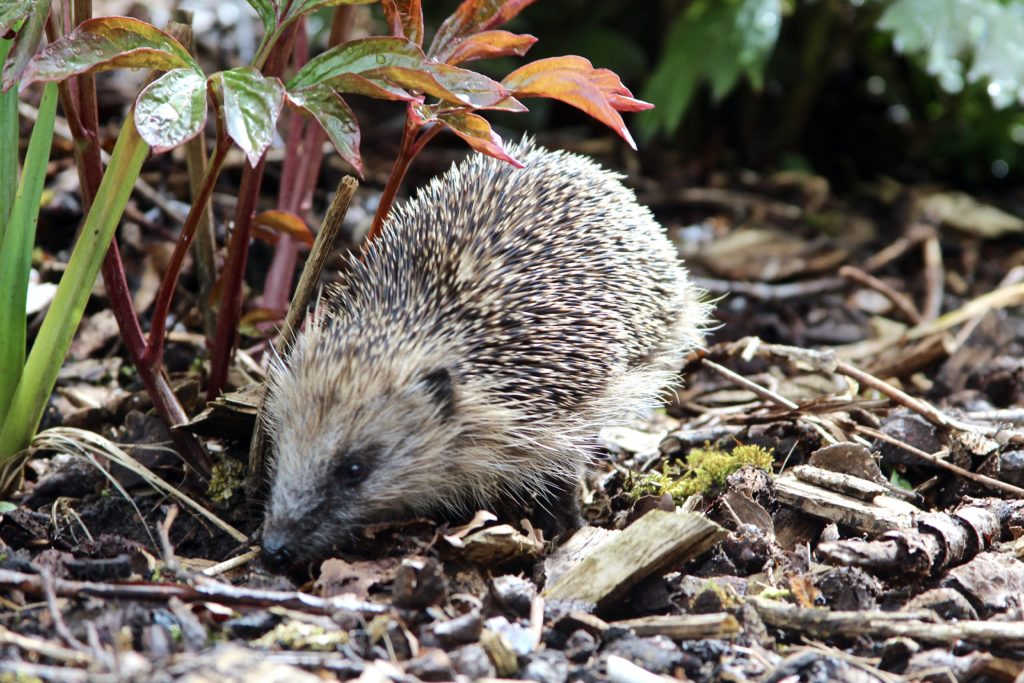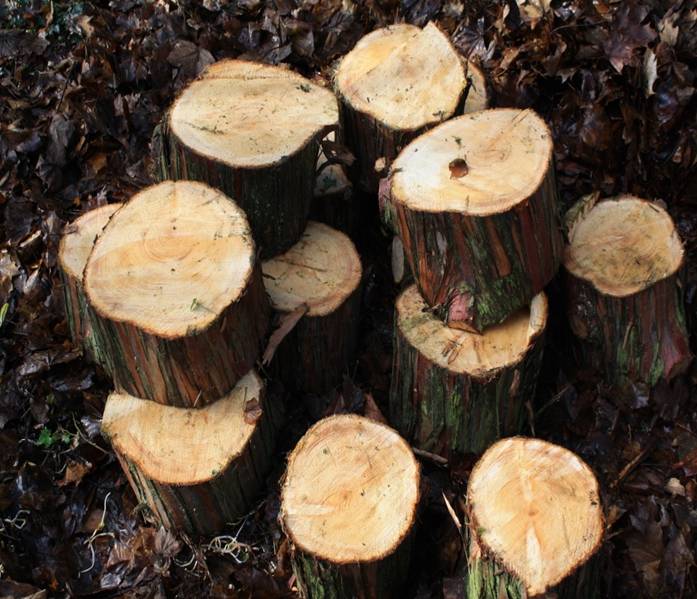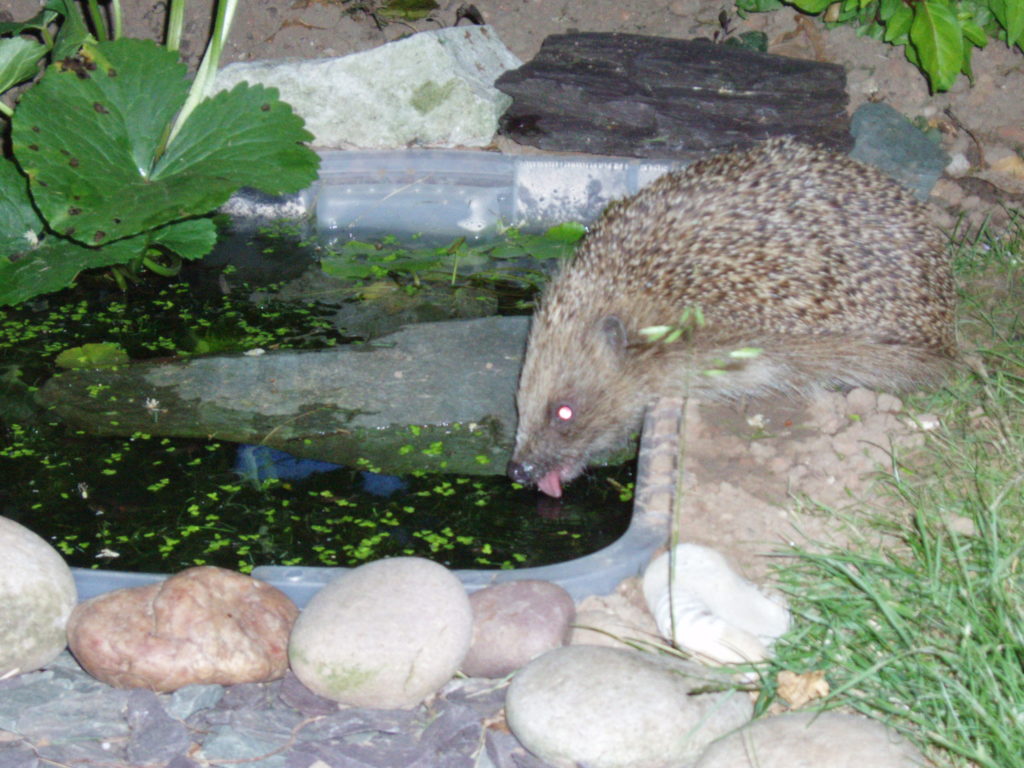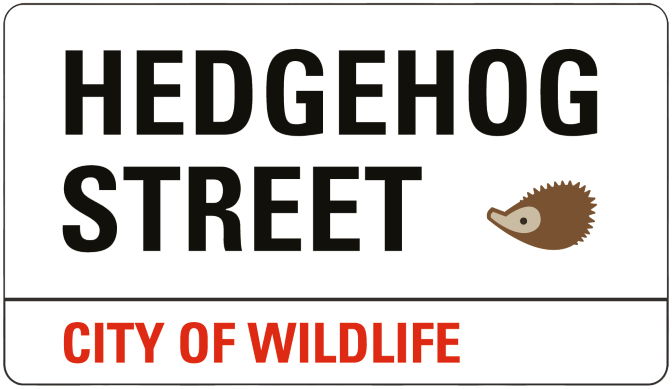Wildlife gardening for beginners: Part 2
28th April 2020
Welcome back to our guide to wildlife gardening for beginners. If you haven’t already, check out the other pages too:

Part 2: Garden features
Log pile: how to
A log pile in the garden will provide shelter for insects and foraging ground for hedgehogs. Ideally you want some of the wood to be rotting, as this will encourage dead-wood invertebrates such as beetles (hedgehog food!). Here’s some top tips to make the most of your log pile:
- Use logs from broadleaved trees, rather than those with needle-like leaves. Examples include oak, beech and elm.
- Your local park, wildlife reserve or tree surgeons may have some logs spare.
- A variety of logs will increase the amount of invertebrates using the pile.
- Place your log pile in a shady area of the garden so it doesn’t dry out.
- Place some logs upright and partially buried so that they don’t dry out.
- Replenish logs from time to time as the wood rots down.
- Leave a stump in place if you’ve recently felled a tree.
- You can even just partially bury one upright log if you’re short on space!

Wildlife pond: how to
A wildlife pond can be anything from a vast lake all the way down to the size of a bucket! Ponds provide natural drinking water for hedgehogs as well as habitat and food for lots of other species. Here’s some tips and ideas for your pond:
- You can either use a strong water tight structure like an old sink or a washing up bowl, or dig a hole and put pond liner in.
- The main thing to consider is that it’s safe for any hedgehogs that may fall in. This means creating sloping sides, or putting bricks in to ensure there’s an exit ramp.
- Rainwater is best for filling your pond.
- You don’t even need to put any plants into your pond, as they usually colonise naturally.
- There’s more information on planting vs not planting your pond HERE, along with some ideas for wildlife friendly options should you choose to populate your pond.

Compost heap: how to
Compost heaps allow organic material to break down and rot, and are a rich home for worms, slugs and earwigs – aka hedgehog delicacies. Kitchen and garden scraps can be thrown on the compost heap and eventually they’ll break down and become natural fertiliser for all those new plants. Here’s some top tips for your compost heap:
- People often use a special compost container but you can also create your own using pieces of wood or even an old cardboard box
- Make sure your heap or container is built on soil, rather than pavement or patio, to allow worms and slugs to access it.
- Only add a thin layer of waste at any time, to allow materials time to break down.
- Mix layers of kitchen waste with garden waste such as fallen leaves and twigs.
- Be cautious if using a pitchfork to move or turn over your compost, in case there’s a hidden hedgehog or other small animal such a toad.

